Modern hikers have so many footwear options that sometimes it’s hard to make a choice. For some, scrolling through a couple of top lists with a dozen of the best hiking boots is enough. However, many people feel like they may miss something better than boots included in such lists.
If you’re the second kind of buyer, a universal guide on hiking boots will be of more help to you. Once you learn more about the types of hiking boots, the properties of materials used in them, and the purpose of various components, you’ll be less susceptible to marketing campaigns and will be able to choose the boot right for your needs. GritrOutdoors.com, for example, has gathered many hiking boot styles for your consideration.
Choosing the Best Men’s and Women’s Hiking Boots
You need to answer lots of questions to pick the footwear you will enjoy for several years. Do you need waterproof boots, like these Muck boots for men? Do you need a serious heavyweight design or a couple of sneaker-like shoes? And so on and so forth.
Let’s start with the basics and consider the three categories all hiking footwear falls under:
Hiking Shoes
A child of trail running shoes and hiking boots, basically, these are sneakers with various protective elements. Some people call them lightweight hiking boots or trail shoes. Actually, today, hiking shoes are trending with open-minded members of the hiking community. The advancements in materials contribute to gear becoming more weight-efficient. And if your backpack is light, you don’t need such a level of support provided by massive hikers.
Hiking shoes often don’t wrap the ankle, are made with synthetic materials, have a lot of mesh for breathability, and miss a shank that provides torsional stability. This type of footwear is ideal for lightweight day hiking and moderate trails.
Midweight Hiking Boots
Regular (midweight) hiking boots are generally footwear for more uneven terrain and heavier-load travelings. They are mid- or high-cut, have more durable uppers, deeper lugs, water-resistant membranes, and feature shanks and stiffer midsoles for shock adsorption. For most people, midweight hiking boots are all-rounders that suit most hiking scenarios, and we all love multi-purpose things.
Heavyweight Hiking Boots
These are also called backpacking boots or mountain boots. As you’ve guessed, they are intended to provide the most support and protection on rugged, rocky terrain. They wrap above the ankle to protect it from twisting and have the stiffest midsole to prevent your feet from wrapping around each rock and root. The sole has the deepest lugs for superior traction, while the upper is super-durable but not necessarily waterproof. This type of boot is the most uncommon because it’s vividly heavy, highly specialized, requires more time to break in, and has more popular moderate-weight rivals.
Now, let’s talk about the features and materials more specifically, moving from the ground up.
Hiking Boot Components and Materials
Most of us think the sole makes the whole bottom part of the boot. However, hiking boots has three bottom components: outsole, midsole, and insole. The outsole is a layer of rubber that contacts the ground. It’s made to have various tread patterns and lug depth. The midsole, as you guessed, is a layer of material sandwiched between the outsole and the boot interior floor. Its task is to absorb shock and provide support. The insole, or footbed, is the part that makes direct contact with the foot, and its purpose is to further damp shock, support the arch, and provide cushioning.
• Outsole
The primary purpose of the outsole is to provide the level of traction needed for particular environments. Every footwear has its own tread pattern and lug depth. A lug is a knob of rubber. Hiking shoes tend to have the least aggressive tread patterns with shallow and wide lugs, while mountaineering boots have the deepest lugs arranged in a tighter pattern to bite into the trail harder.
Most hiking boots have rubber outsoles. However, heavy-duty designs may feature rubber outsoles with a carbon additive for increased hardness.
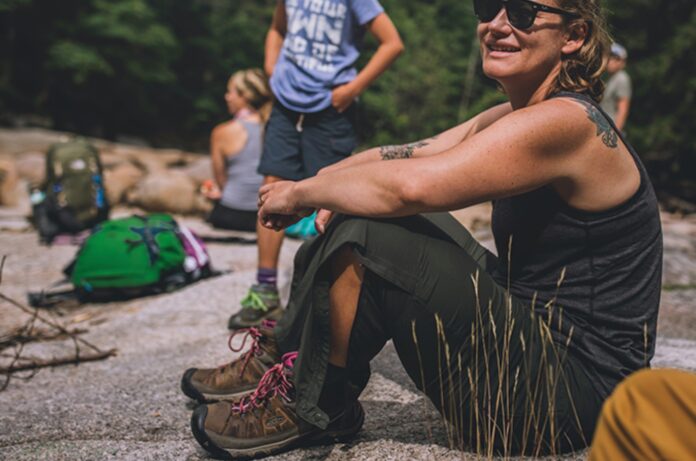
• Midsole
Hikers featuring midsoles lose a portion of their pliability, but that’s exactly what you need to navigate rocks and shale safely and comfortably. In most cases, you’ll see ethylene vinyl acetate or polyurethane midsoles. Generally, manufacturers apply lighter and softer EVA foam for cushioning, while denser and more durable PU foam does a better job at resisting compression.
• Shank
The best backpacking boots for traveling in rugged terrains have a so-called shank, a piece of material placed between layers of the sole to add bilateral support and protection in the midsection, between the pad and the heel, where there’s no contact with the ground. Steel shanks are cheaper but more heat-conductive compared to composite materials like fiberglass and Kevlar.
• Upper
An upper is the part of a boot that wraps around your foot from above. Typically, it uses either full-grain leather or synthetic materials. Natural leather is durable and abrasion resistant but requires time to break, adds more weight to the boot, and is less breathable than some other synthetics. On the other hand, nylon, synthetic leather, and polyester boots are lighter, faster-drying, and more breathable but last shorter.
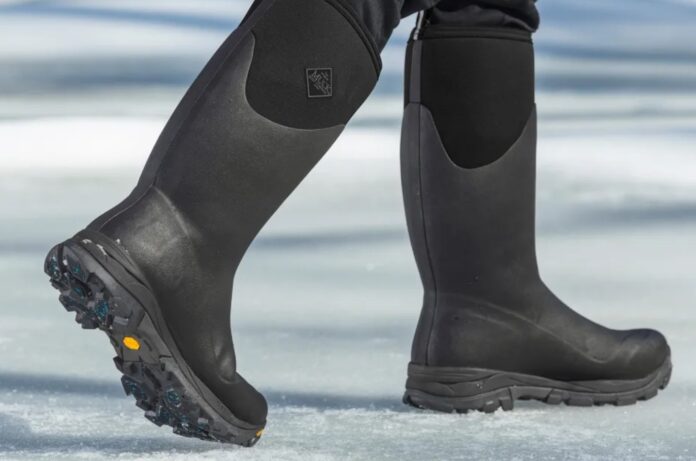
• Waterproofing
There are several strategies for managing moisture. The first one is to use highly breathable materials that allow all the water inside but dry quicker. The second way is to use materials that resist or repel moisture, but in this case, breathability reduces.
At this point, you should learn that water-resistant and waterproof means different things. Water-resistant materials simply resist moisture and inevitably get wet when submerged. Waterproof hiking boots, such as the mentioned Muck boots that use a combination of rubber and neoprene, completely block water no matter the level of exposure.
Final Thoughts
When choosing your personal best hiking shoes or boots, consider the intended application carefully and think twice before picking the most feature-rich design. The rule of thumb is that uneven terrain and more weight on your shoulders require stiffer, more supportive boots, while light-load hiking by moderate trails will likely demand lightweight hiking shoes. And be careful with waterproofing. If you aren’t a fan of wet and muddy outdoor pursuits, then don’t go with waterproof boots because their breathability is reduced. Consider hiking boots from Merrell, Danner, Salomon, Oboz, Muck Boot, Kenetrek, Colombia, Timberland, and Keen.

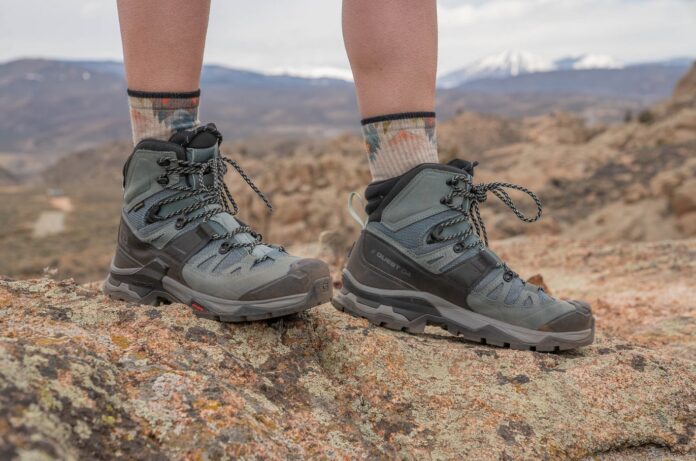
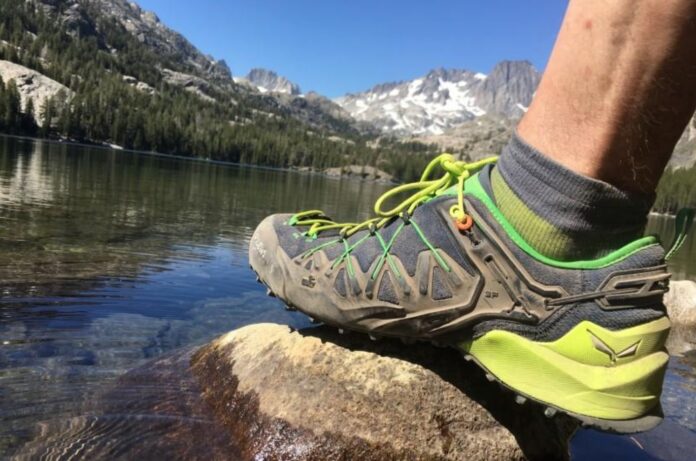
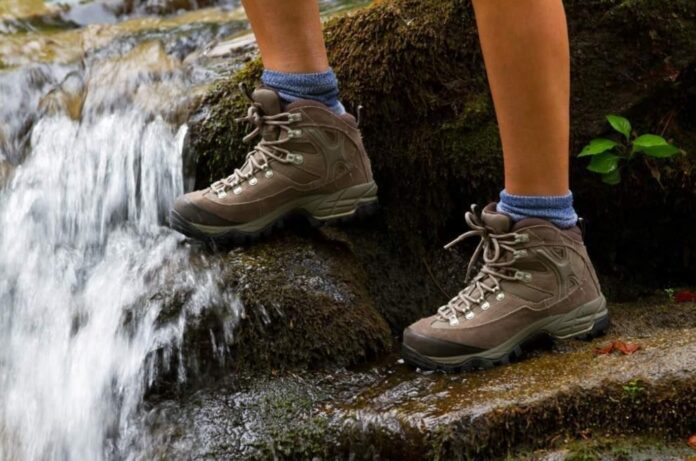
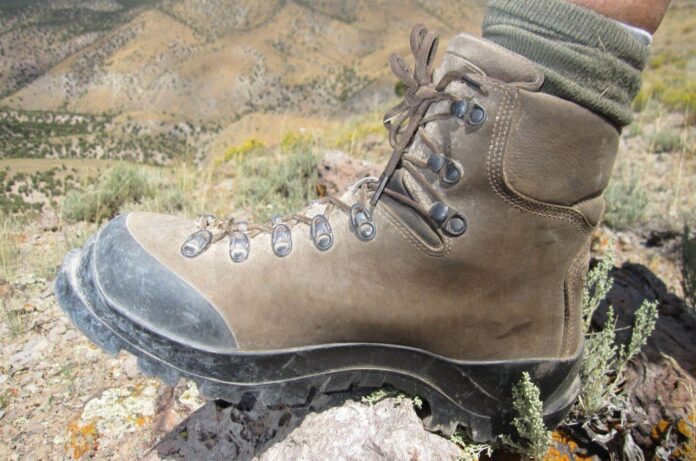



![Calgary’s Hottest Neighborhoods for Luxury Homebuyers [2024]](https://thewashingtonote.com/wp-content/uploads/2024/04/Calgary-324x160.png)



